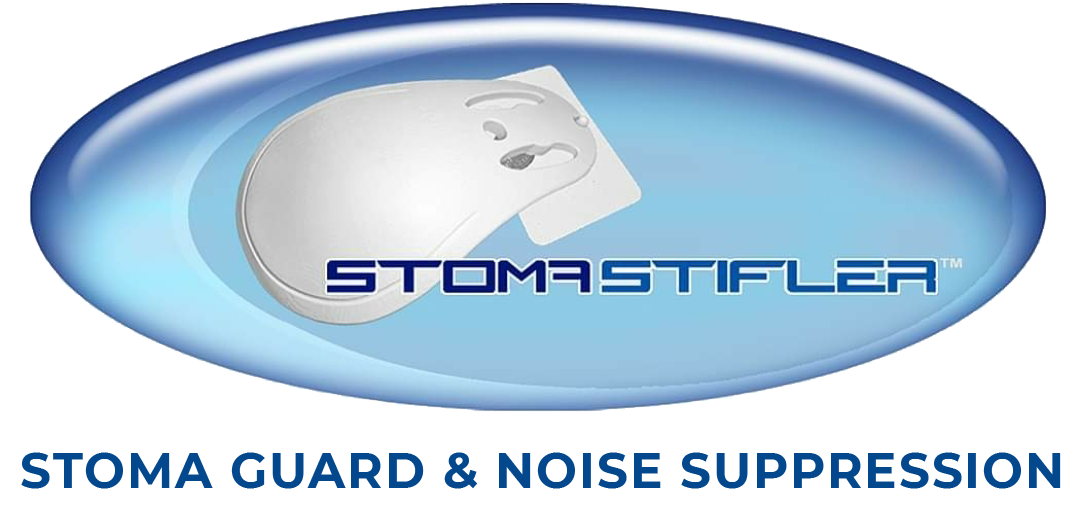POSSIBLE ISSUES ASSOCIATED WITH HAVING A STOMA
Features of a healthy stoma
When inspecting a stoma the presence of the following indicates a healthy stoma:
- Stoma should be above the skin level.
- Red and moist stoma (pallor may suggest anaemia, dark hue may represent ischaemia).
- No separation between the mucocutaneous edge and the skin.
- No evidence of erythema, rash, ulceration or inflammation in the surrounding skin.
Some problems associated with stomas
Psychological aspects
Having a stoma is a major event and patients can become very anxious and depressed. Adequate counselling is vital and this may need to include mental health specialists. Thus, good preparation with visual aids, e.g. pictures and written information, is crucial. Introducing potential patients to those who have already undergone the procedure is a valuable method.
Quality of life can deteriorate for patients following stoma procedure. The first few weeks post-stoma are the most vital.3 Patients may also have difficulty managing their stoma around their life, e.g. going out shopping and needing to change the stoma bag without adequate facilities. This can add to a low mood. Supportive family and friends are essential and may help in situations like this
Stoma bags will also have an impact on body image and intimate relationships may suffer.(3,4) It is good practice, therefore, to enquire about work and psychosocial aspects with patients.
During the first few weeks following the formation of a colostomy or ileostomy, patients may experience sudden urges to defecate. This is known as the ‘phantom rectum’ and can be very distressing for patients. Reassurance and support are helpful.
Changes in faeces
There may be changes to the amount and consistency of faeces.1 With ileostomies, faeces are produced about 4 hours after a main meal, whereas, with a colostomy, faeces are produced the following morning. Ileostomies are associated with increased output. Often patients have to change their diet to control wind and malodour, e.g. that caused by fizzy drinks and fish respectively. Flatus filters are also available.
Leakage of the contents of the stoma bag can occur and can make patients very distressed. Recurrent leakage can lead to skin inflammation from contact.
Stomas and skin problems
The skin at the site of the stoma can become erythematous and fissured or can develop an allergic reaction to the materials used in stoma equipment.
Various seals are available which cover and protect the opening. Similarly, hypoallergenic products are available for use in patients with stomas, e.g. lotions and cleansing wipes.
Stomas and dehydration
Ileostomies usually have a very high output and thus there is a risk of dehydration. Patients need to have a good intake of fluid and take an extra 1 litre above the usual. (However, advise the patient to avoid fizzy drinks and beer as these may cause flatulence.)
Bleeding from the stoma
It is common for there to be some bleeding from the stoma site following bag changes.5 This simply requires reassurance.
Bleeding needs to be distinguished from luminal bleeding which may represent underlying disease, e.g. flare-up of inflammatory bowel disease.
A more rare cause of bleeding is portal hypertension in patients with liver disease. They may have dilatation of cutaneous veins around the stoma site.
Stoma exit-related problems
This includes prolapse, narrowing or blockage of the stoma. Stenosis presents with ribbon-like stools and excessive high-pitched wind. These conditions require surgical correction.
The mucocutaneous junction may become detached – partially or fully. Simple good wound care should lead to reattachment.
Patients can also develop parastomal hernias – usually years later. Hernias can be managed conservatively to begin with, followed by surgery if resolution is not achieved.
Stomas in special circumstances
Stomas and travelling
Wind can become worse for patients when they travel in aircraft. The change in pressure within the cabin can lead to large amounts of wind being passed. This can be exacerbated by drinking fizzy drinks and beer.
Stomas and sports
Most patients will eventually self-manage their stomas. They can usually alter any output-related problems by changing their diet. However, sometimes medication will be needed to relieve problems. These include:
- For relief of diarrhea, e.g. loperamide, opiates, codeine phosphate.
- For relief of constipation, e.g. magnesium hydroxide, ispaghula husk (not for patients with ileostomies as it increases salt and water loss).
Documented References
1. Hyland J; The basics of ostomies. Gastroenterol Nurs. 2002 Nov-Dec;25(6):241-4; quiz 244-5. [abstract]
2. Ostomy Wound Management; Part 1: Assessment and Management of Stomal Complications: A Framework for Clinical Decision Making
3. Brown H, Randle J; Living with a stoma: a review of the literature. J Clin Nurs. 2005 Jan;14(1):74-81. [abstract]
4. Simmons KL, Smith JA, Bobb KA, et al; Adjustment to colostomy: stoma acceptance, stoma care self-efficacy and interpersonal relationships. J Adv Nurs. 2007 Dec;60(6):627-35. [abstract]
5. Ostomy Wound Management; Part 2: Assessment and Management of Stomal
